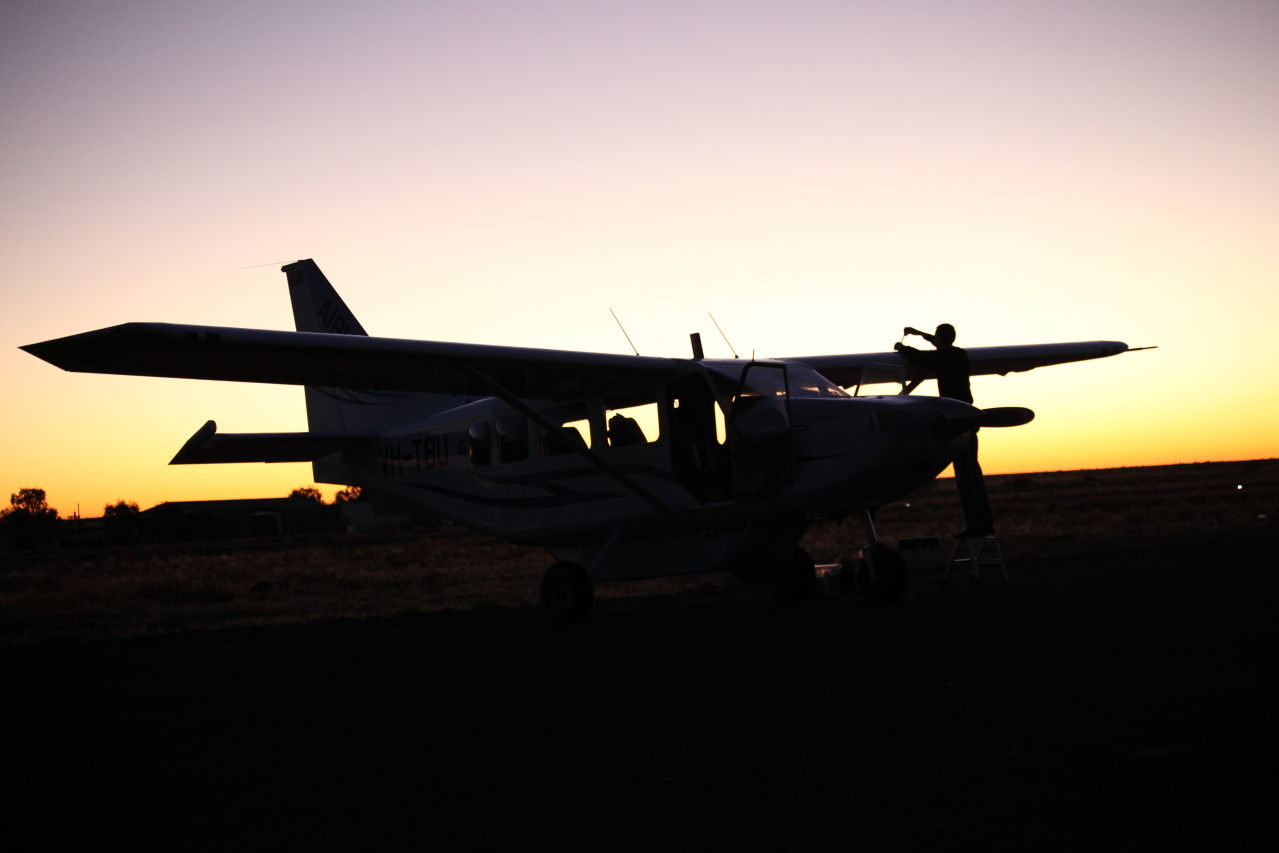CASA has changed fuel rules to make them safer, and in some cases simpler. The new rules take effect on 8 November, although many pilots and operators are already using them as standard operating procedure as they have been in CASA guidelines for some time. These changes remove uncertainty by clarifying what you must legally do.
The changes:
- re-introduce a fixed fuel reserve requirement
- reduce reserve requirements for day VFR flights in small piston or turboprop aeroplanes
- require pilots to conduct in-flight fuel management with regular fuel quantity checks and, if required, declare Mayday Fuel
- introduce ‘additional fuel’ which simplifies the planning requirements for fuel contingencies
- more closely align Australia’s fuel rules with international best practice recommended by the International Civil Aviation Organization (ICAO).
‘Mayday’ is a word no pilot would ever want to say, but ‘Mayday Fuel’ is not quite such a portentous phrase. It alerts other airspace users to a potential fuel problem facing an aircraft in their vicinity and ensures priority is given to that aircraft to reduce the chances of an accident.
CASA’s reasoning is that if, for whatever reason, an aircraft’s fuel level falls below the fixed reserve requirement, it is better that this be known, so ATC—or very rarely, emergency services—can help the situation.
Mayday Fuel is not aimed at setting conditions to prosecute pilots or operators and a declaration does not automatically mean that emergency services will be mobilised.
The declaration is an internationally recognised standard aligning Australia with ICAO standards that are designed to assist in the management of aviation safety risks.
CASA has published guidance material on the new fuel rules to help the aviation community understand the changes before their introduction on 8 November 2018.
For private pilots operating under visual flight rules (VFR) only, there’s a draft of the fuel pages that will appear in the revised Visual Flight Rules Guide (VFRG).





